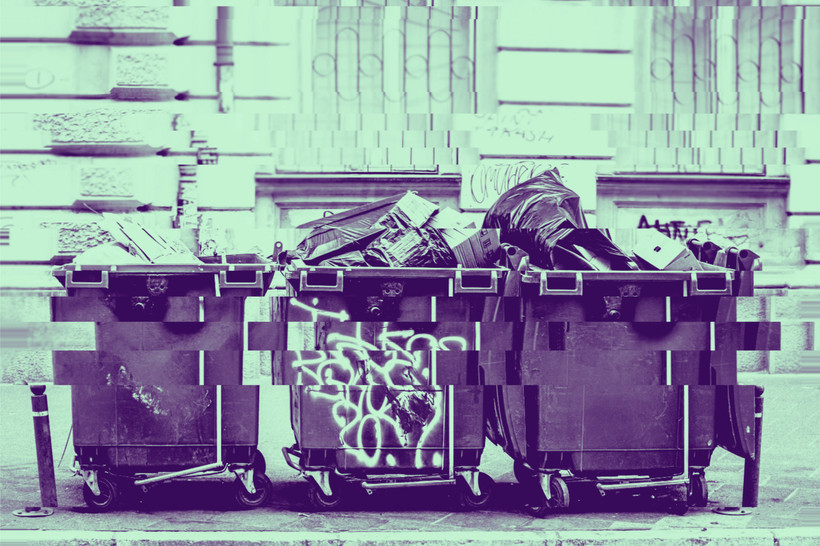Landfill Fight Illustrates New York’s Heaping Trash Problem
New York planned to slash its trash. Instead, we’re producing more garbage than ever.

New York planned to slash its trash. Instead, we’re producing more garbage than ever.

I hope this article helped you better answer the question that guides all of our journalism: Who runs New York? Before you click away, please consider supporting our work and making more stories like this one possible.
New York state is standing at a crossroads for climate action. After passing one of the nation’s most ambitious climate laws in 2019, the state is lagging far behind on its targets, struggling to meet deadlines to build renewable energy and clean up its buildings and roads. Other states are closely watching our progress, making decisions about their own climate plans based on New York’s ability to implement this legislation.
As New York’s only statewide nonprofit news publication, we’ve been scrutinizing the state’s climate progress. Our journalism exists to unpack how power works in New York, analyze who’s really calling the shots, and reveal how obscure decisions shape ordinary New Yorkers’ lives.
But we can't do this work without your help. We rely on reader donations to help sustain our outlet, and every gift directly allows us to publish more pieces like this.
Our work has already shown what can happen when those with power know that someone is watching, with my reporting prompting a state investigation and fine for a major corporation. I have more story ideas than I can count, but only limited resources to pursue all the leads that come across my desk.
If you’re able, please consider supporting our journalism with a one-time or monthly gift. Even small donations make a big difference.
Thank you for reading.


Former prison agency staff and newly released documents describe a patronage network centered on Commissioner Daniel Martuscello III’s family.
This isn’t Daniel Martuscello’s first crisis. An investigation reveals how his family weathered one scandal after another on their road to dominating New York’s prison system.
Absent more money from the state, city officials warn that they will hit a funding cliff as early as April.
The state is pushing ahead on all-electric buildings, but a draft update to the building code leaves out other key recommendations from the state’s climate plan.
The state has yet to publish a building code update, promised in December, which should include requirements to phase out fossil fuel appliances in new homes.
“I really felt like the carpet was ripped out from underneath us,” said one county official. The state still hasn’t fully explained why it put HEAP on hold so suddenly.